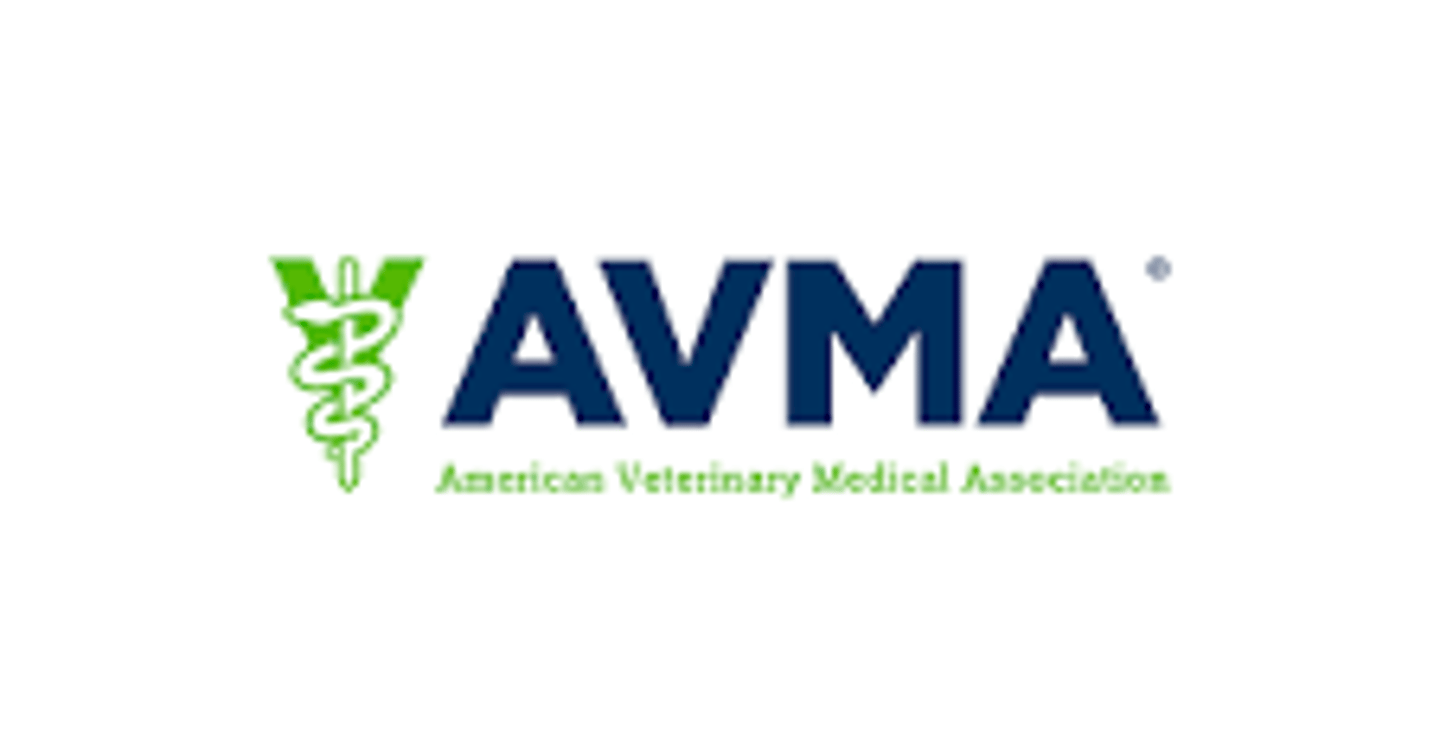Ch 1: Legal and Ethical Aspects of Exotic and Laboratory Animals Vet Tech
1/56
There's no tags or description
Looks like no tags are added yet.
Name | Mastery | Learn | Test | Matching | Spaced |
|---|
No study sessions yet.
57 Terms
Exotic pets
Companion animals other than dogs and cats. Birds, reptiles, pocket pets, rabbits, etc.

Laboratory animal
Animal used in research or teaching
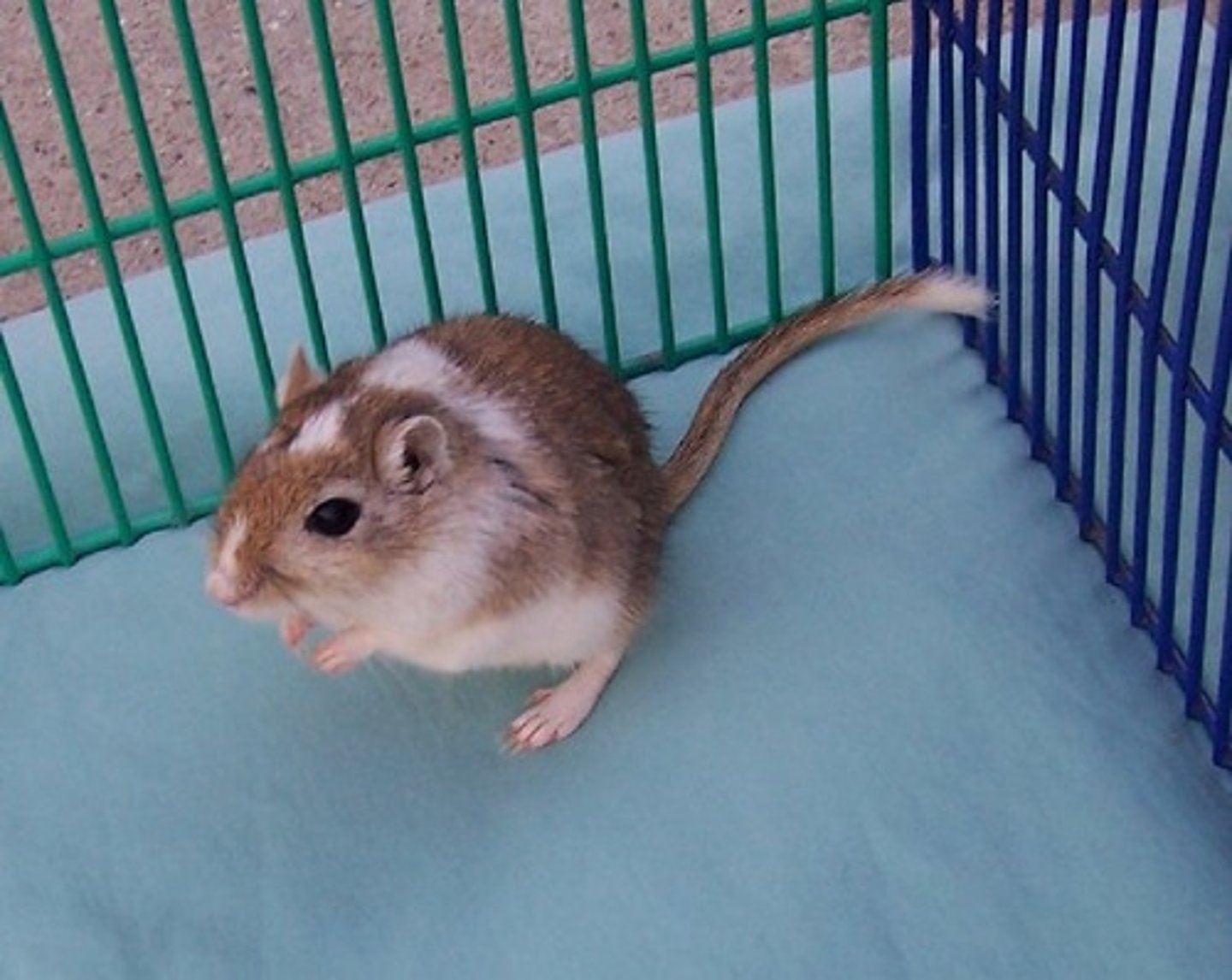
Intrinsic factors
Intrinsic factors are internal factors, such as genetics, age, and health status.
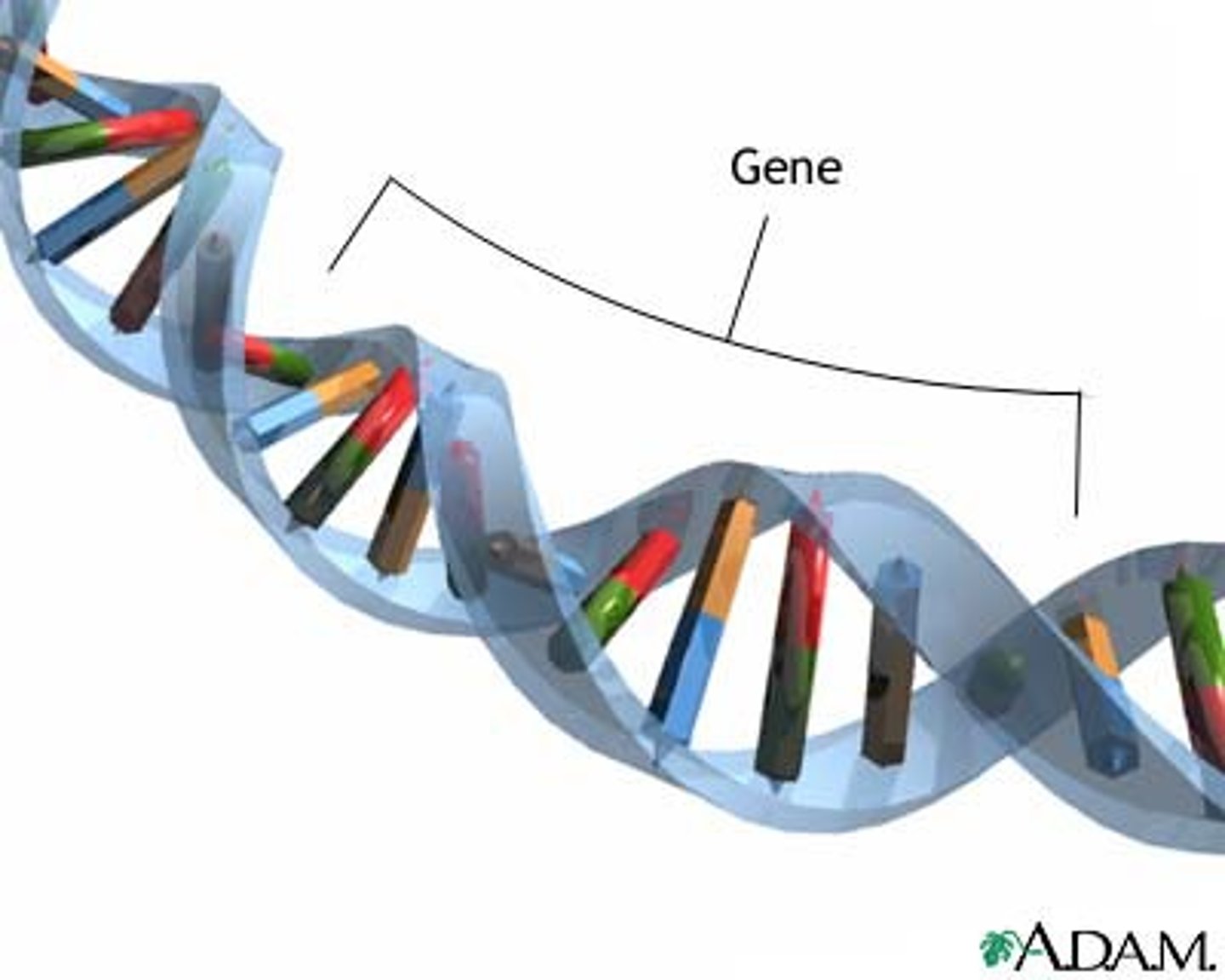
Extrinsic factors
External factors, such as environment, diet, and exposure to pathogens.

'Three Rs'
Reduction, Refinement, and Replacement, principles aimed at minimizing animal use and suffering in research.
Institutional Animal Care and Use Committee (IACUC)
Oversees the use of animals in research, such as legal and ethical standards

Common research animals
Mice, rats, rabbits
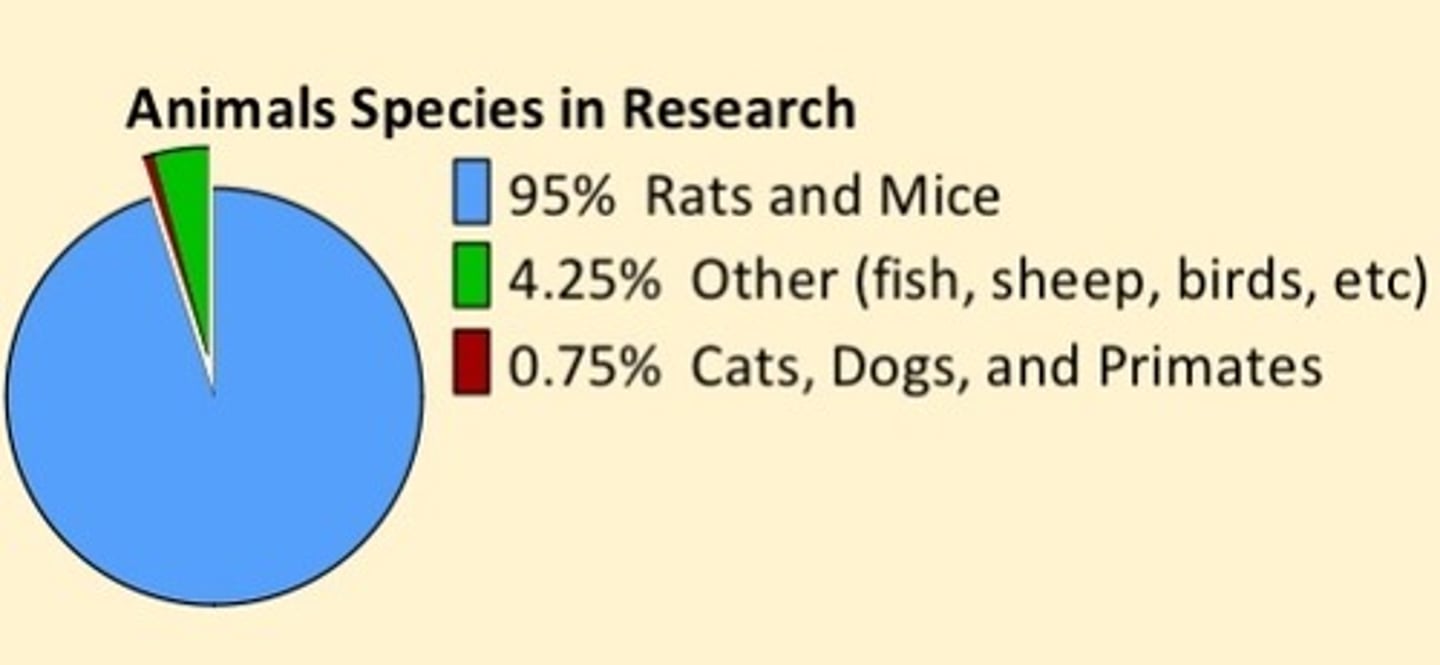
Animal rights groups
Inherent rights of animals, opposing their use for food, research, or entertainment.
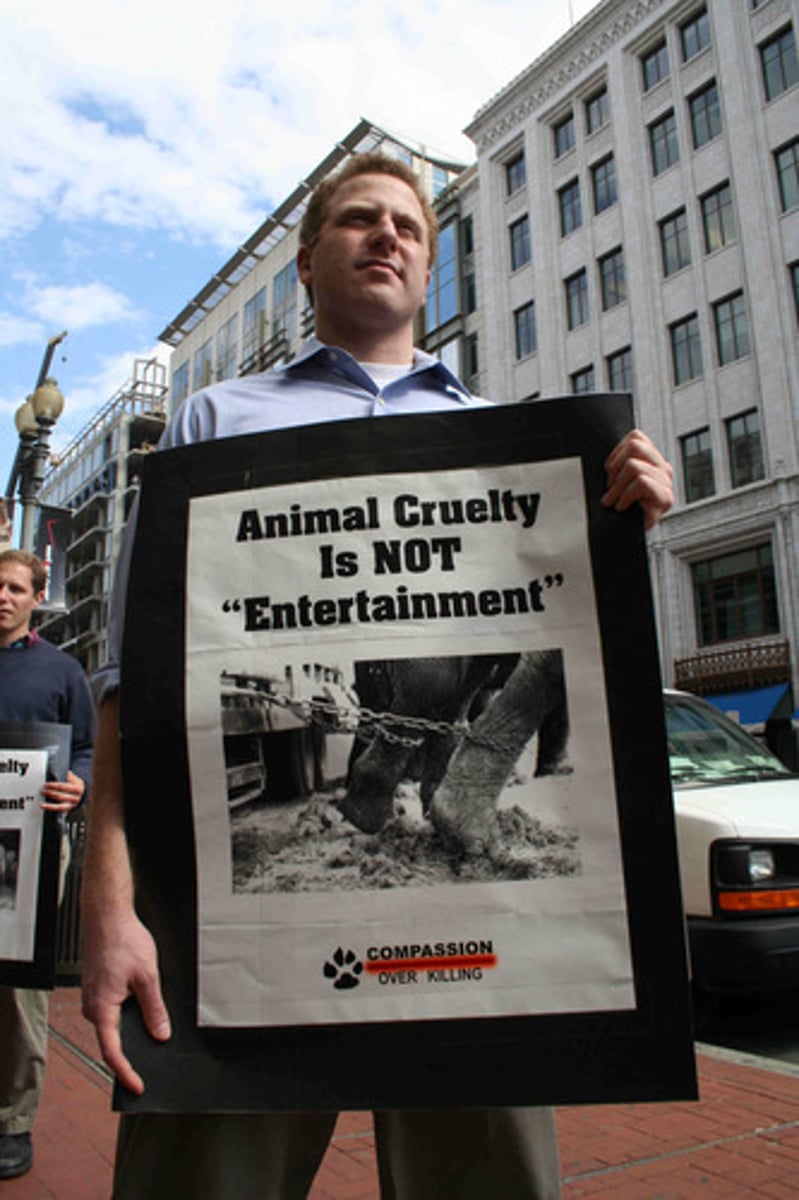
Animal liberation groups
Seek to end all forms of animal exploitation, even at the risk of breaking and entering or going to jail.
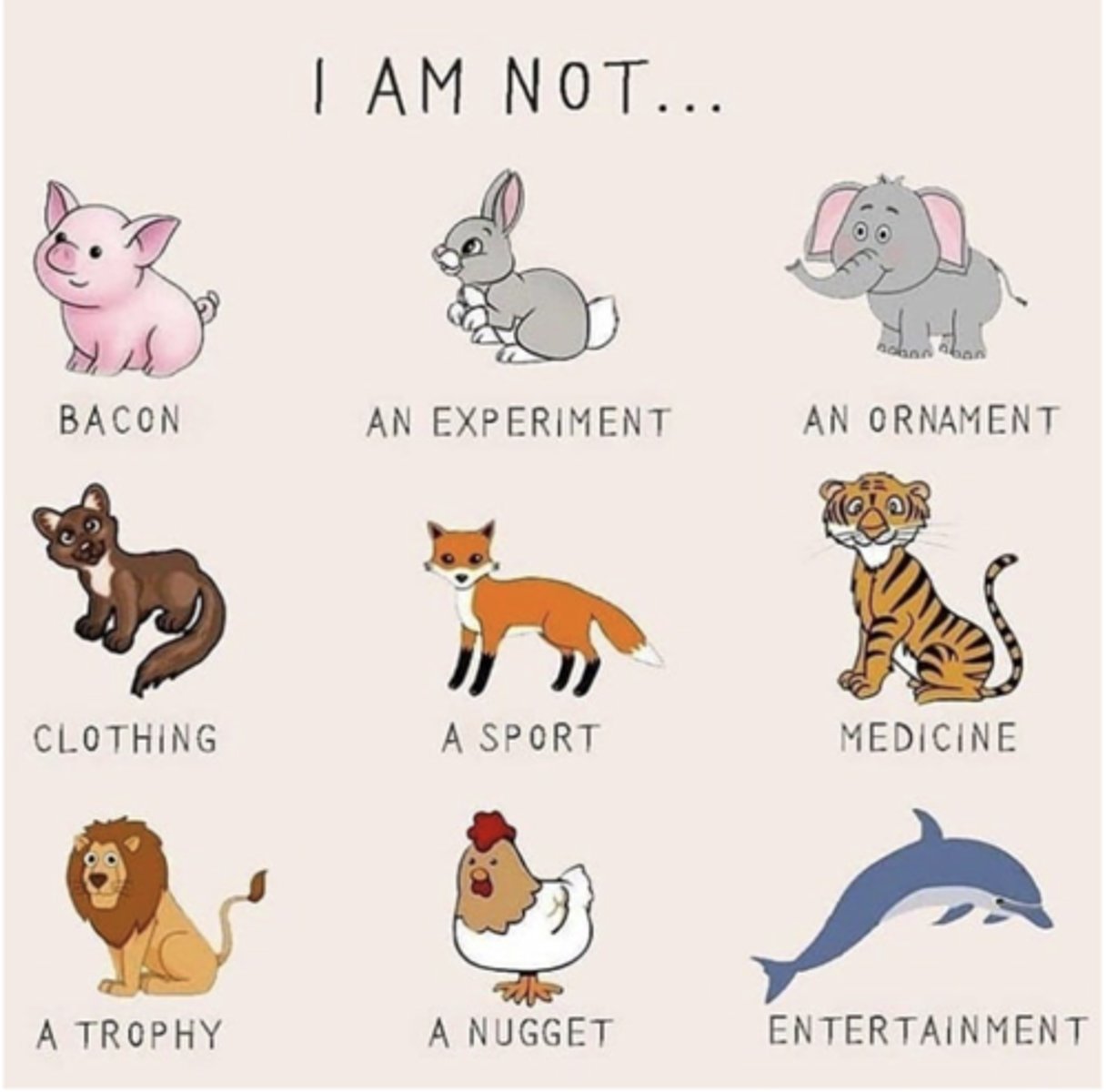
Extralabel drug use
Used in a manner other than what is specified on the approved label directions.
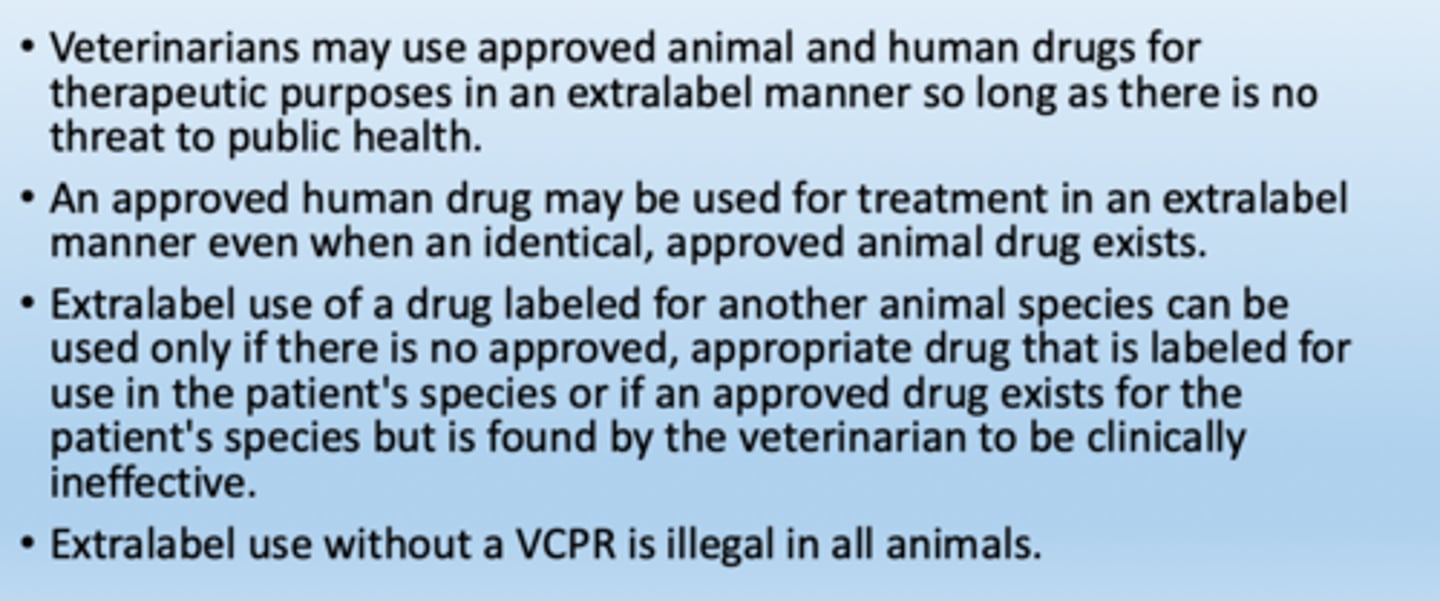
Convention on International Trade in Endangered Species of Wild Fauna and Flora (CITES)
To safeguard species from extinction by regulating international trade
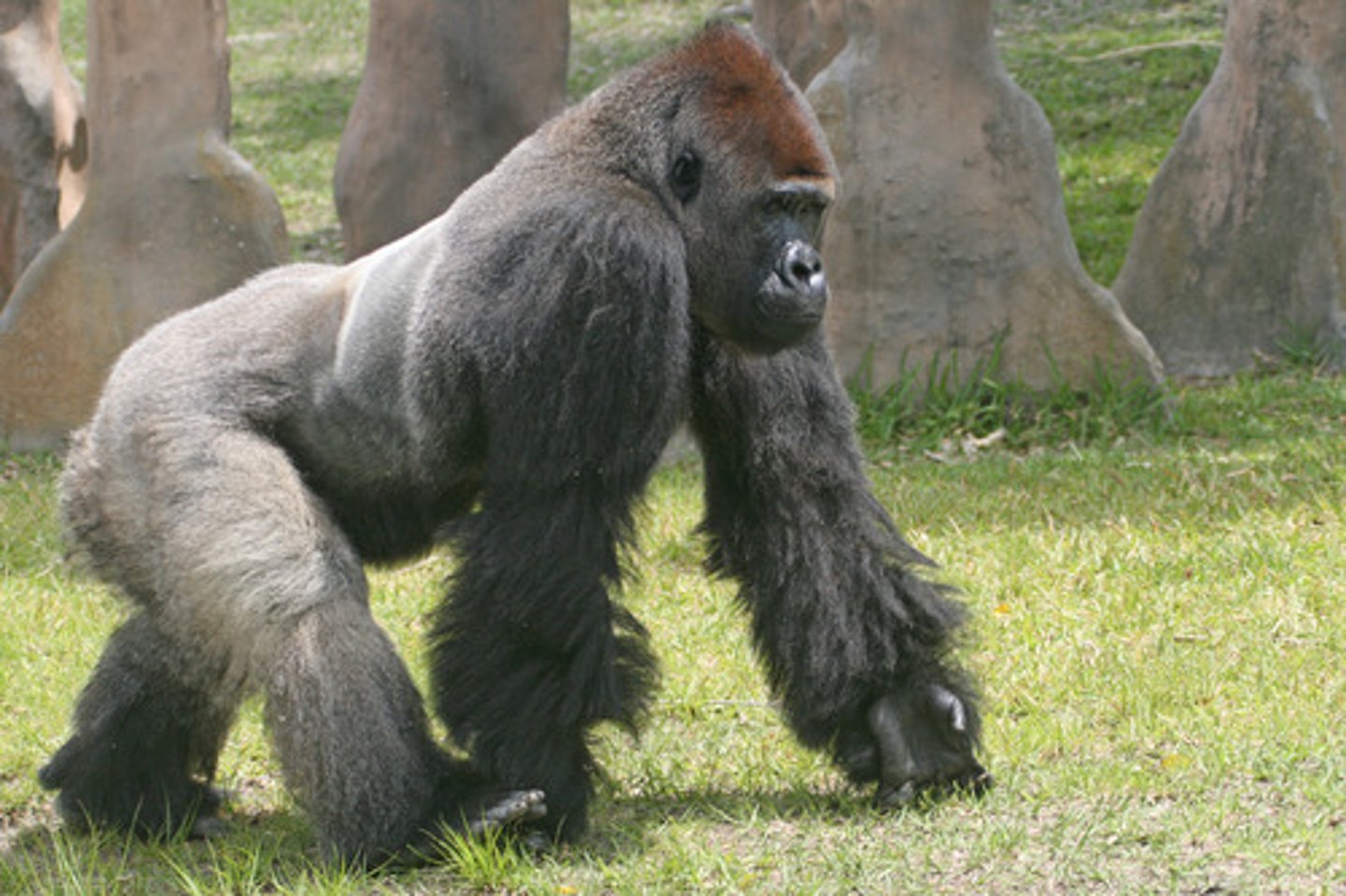
Ethical concerns with exotic pet ownership
Unique husbandry, safety requirements, zoonotic diseases, and may disrupt local ecosystems.
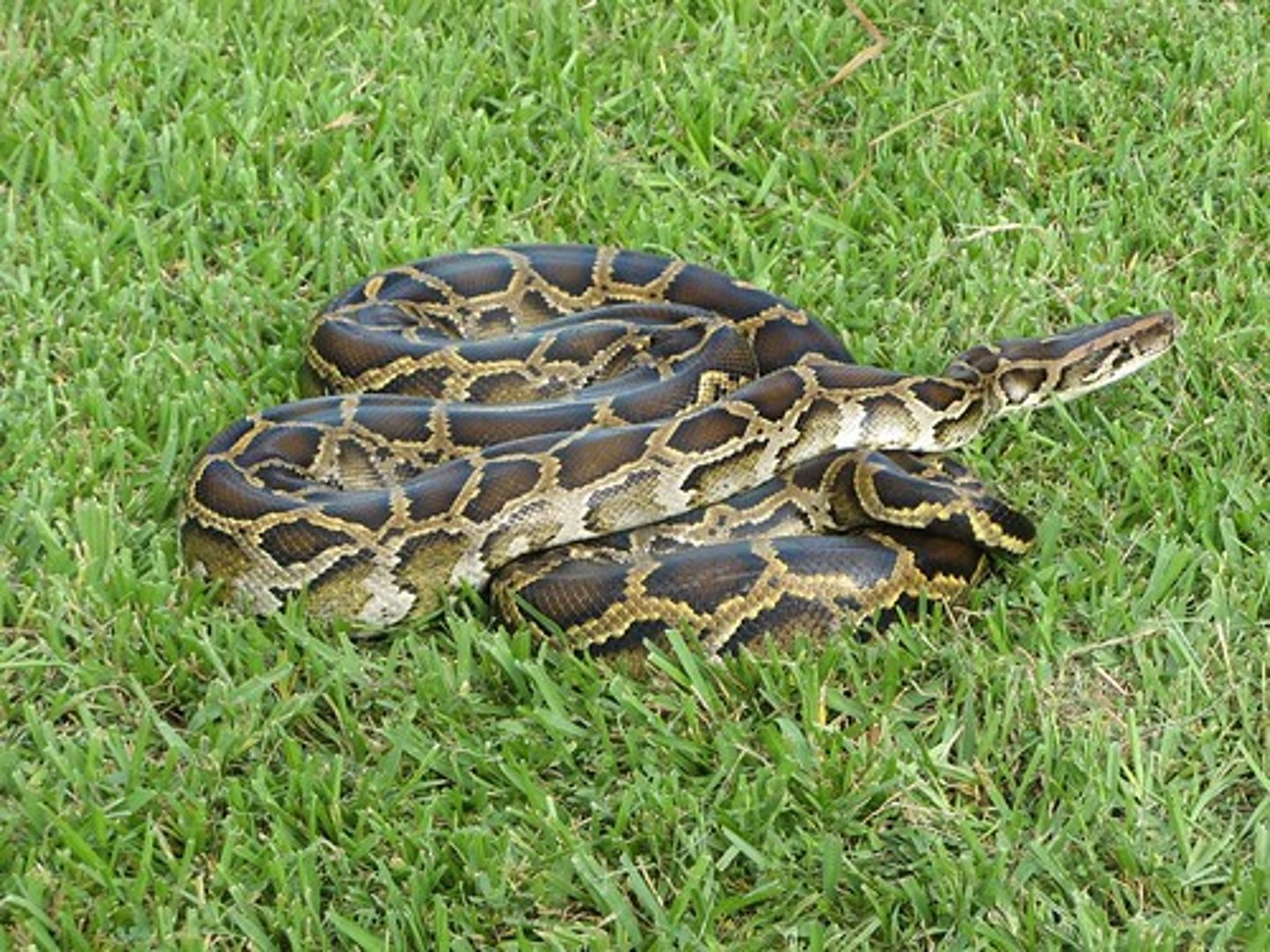
Consequences of exotic pets escape
Become invasive species and outcompete native species for resources.
Vets and Injured or abdandoned Wildlife
Provide ER care and transfer to a local licensed rehabilitator.

Legal requirement for possessing native wildlife
A permit or license.
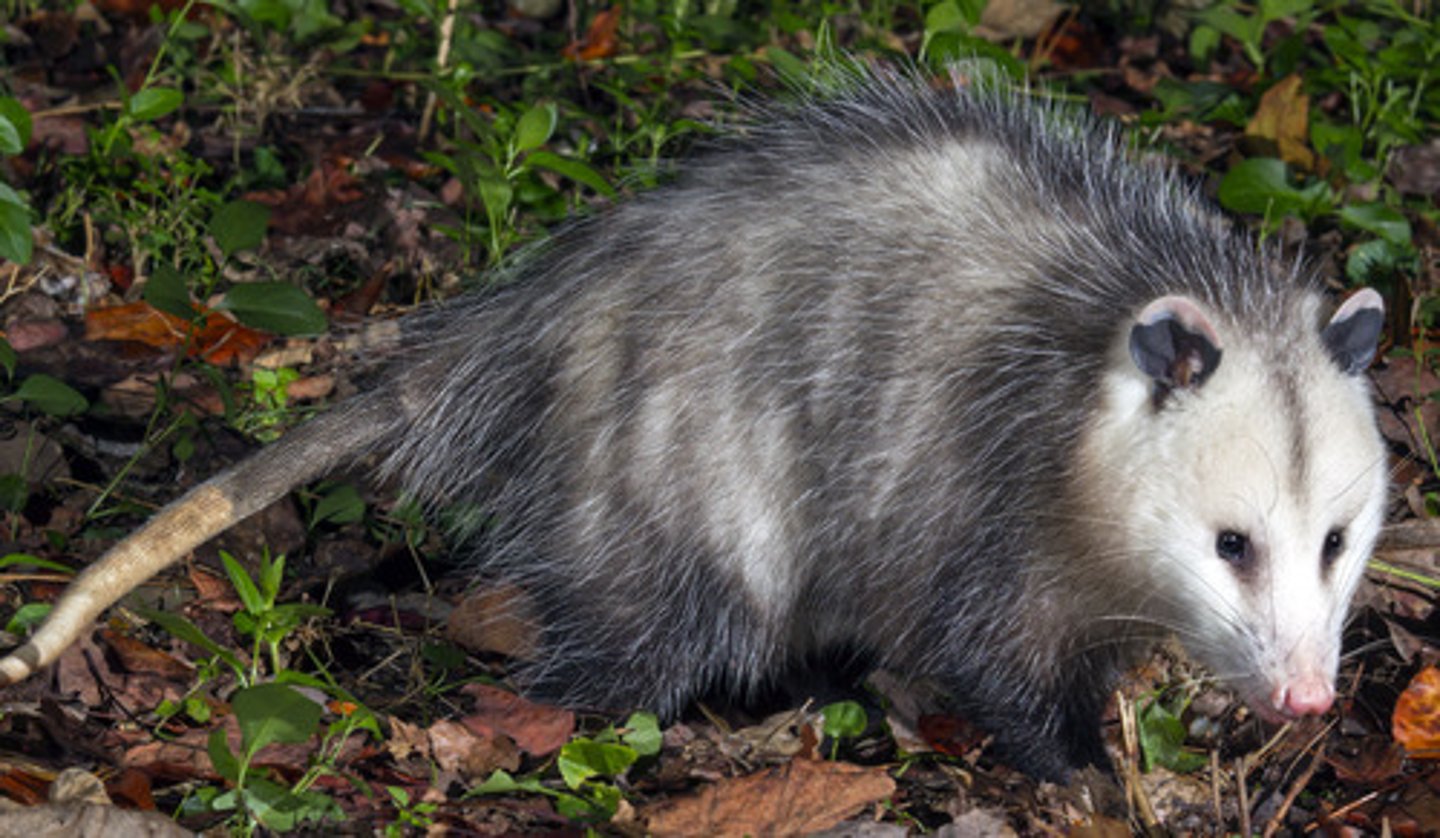
Misconception about orphaned animals
Animals are abandoned if touched by humans
Potential public health threat posed by exotic pets
Transmission of zoonotic diseases and potential injury

Impact of Burmese pythons and green iguanas in Florida
Displaced native species and disrupting local ecosystems.
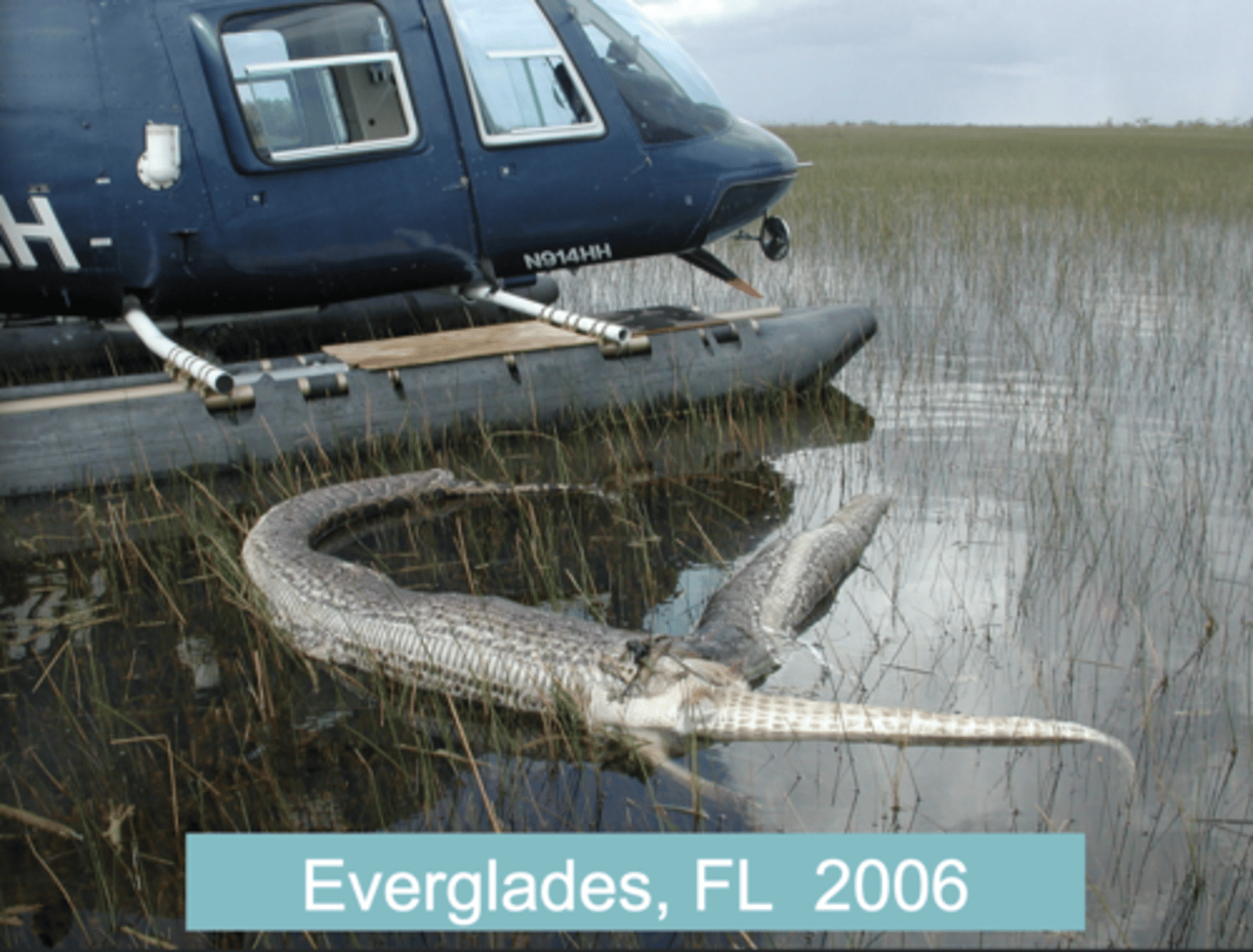
zoonotic disease
Disease transmitted between animals and humans.
Animal Welfare Act Purpose
Protect dogs and cats from theft, prevent the use of stolen pets, and ensure humane care for animals in research.
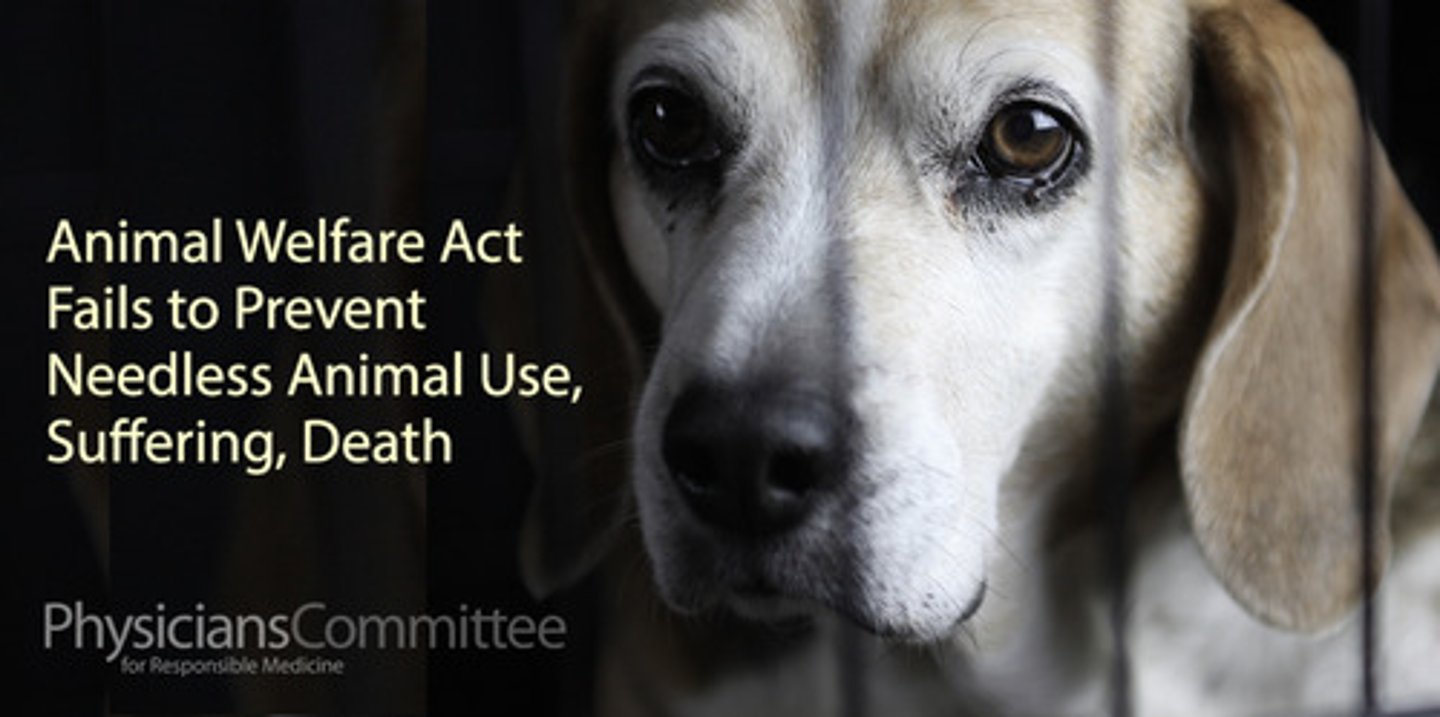
Animals covered by Animal Welfare Act?
All warm-blooded animals except horses, farm animals, mice, rats, and birds.
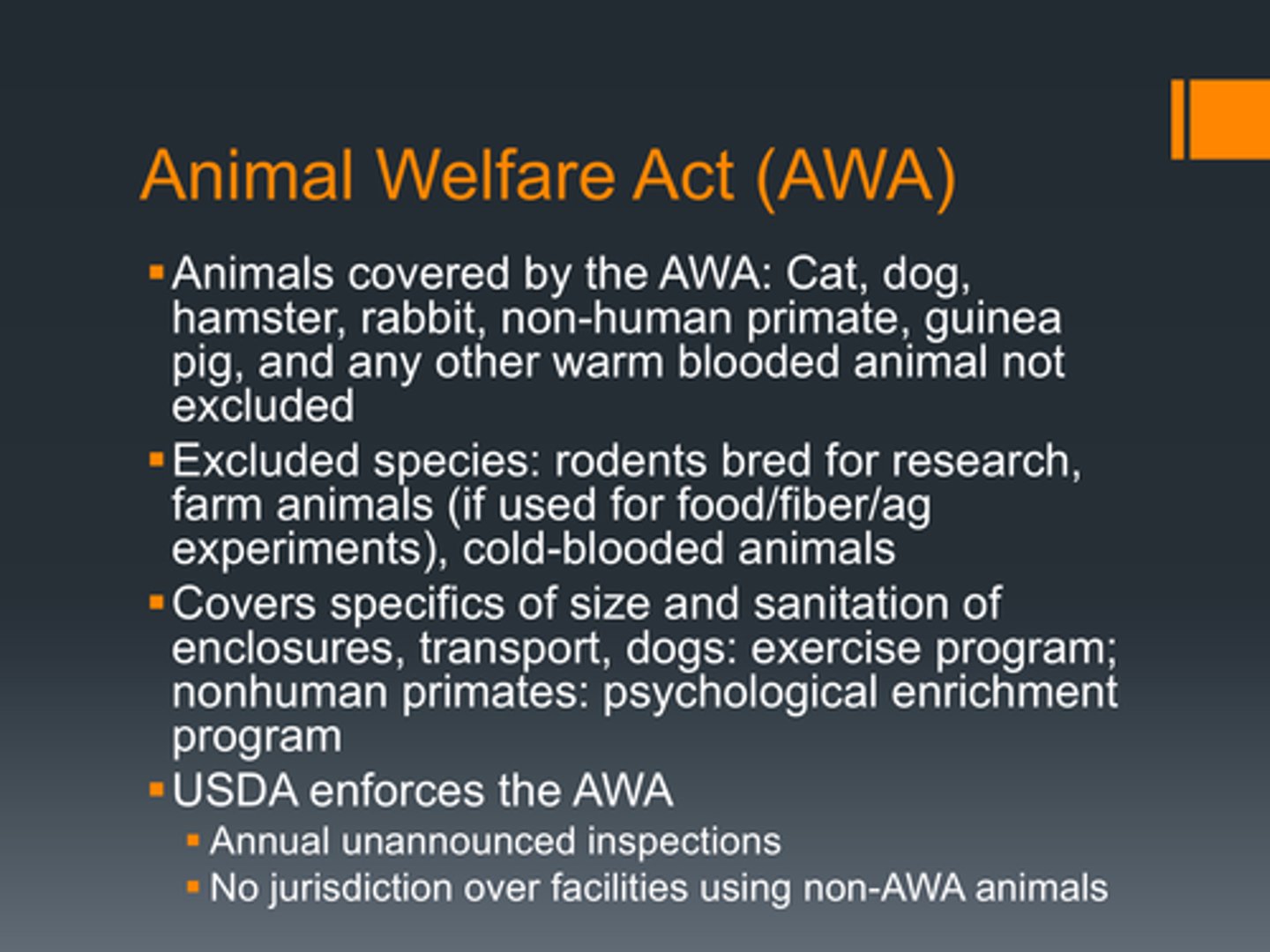
United States Department of Agriculture (USDA)
Enforces Animal Welfare Regulations (AWR)
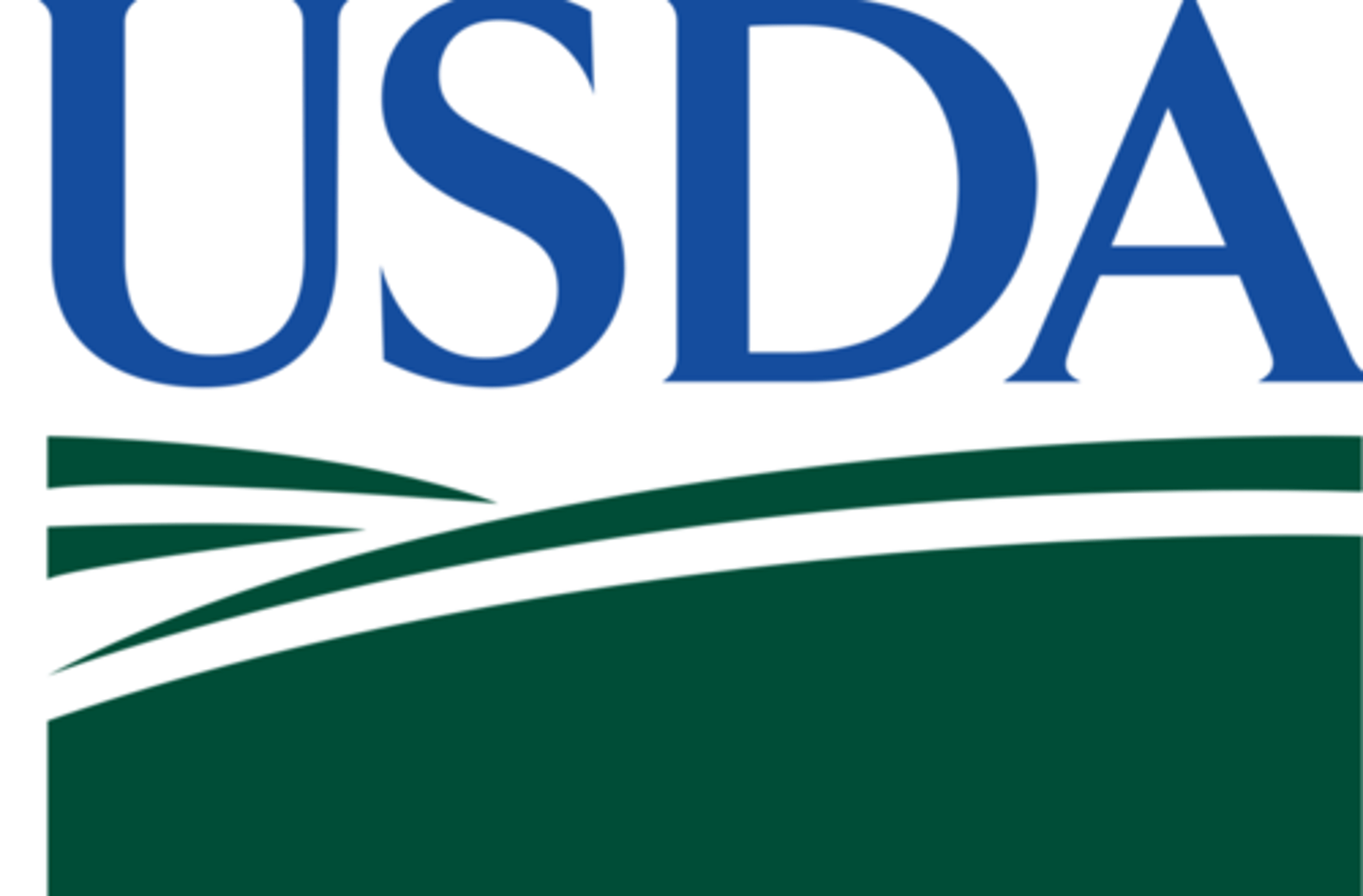
IACUC Purpose
Approve animal use in research or teaching
Committee requirements for an IACUC
Three individuals: veterinarian and one person with no affiliation to the research facility.
Additional requirement that OLAW impose on IACUCs.
Must have five members.
Role of a nonscientist or lay person on the IACUC
To represent the general community's interests.
How often are IACUC facility inspections?
Every 6 months.
The Guide for the Care and Use of Laboratory Animals ("The Guide")
Primary reference for lab animal care and use reference
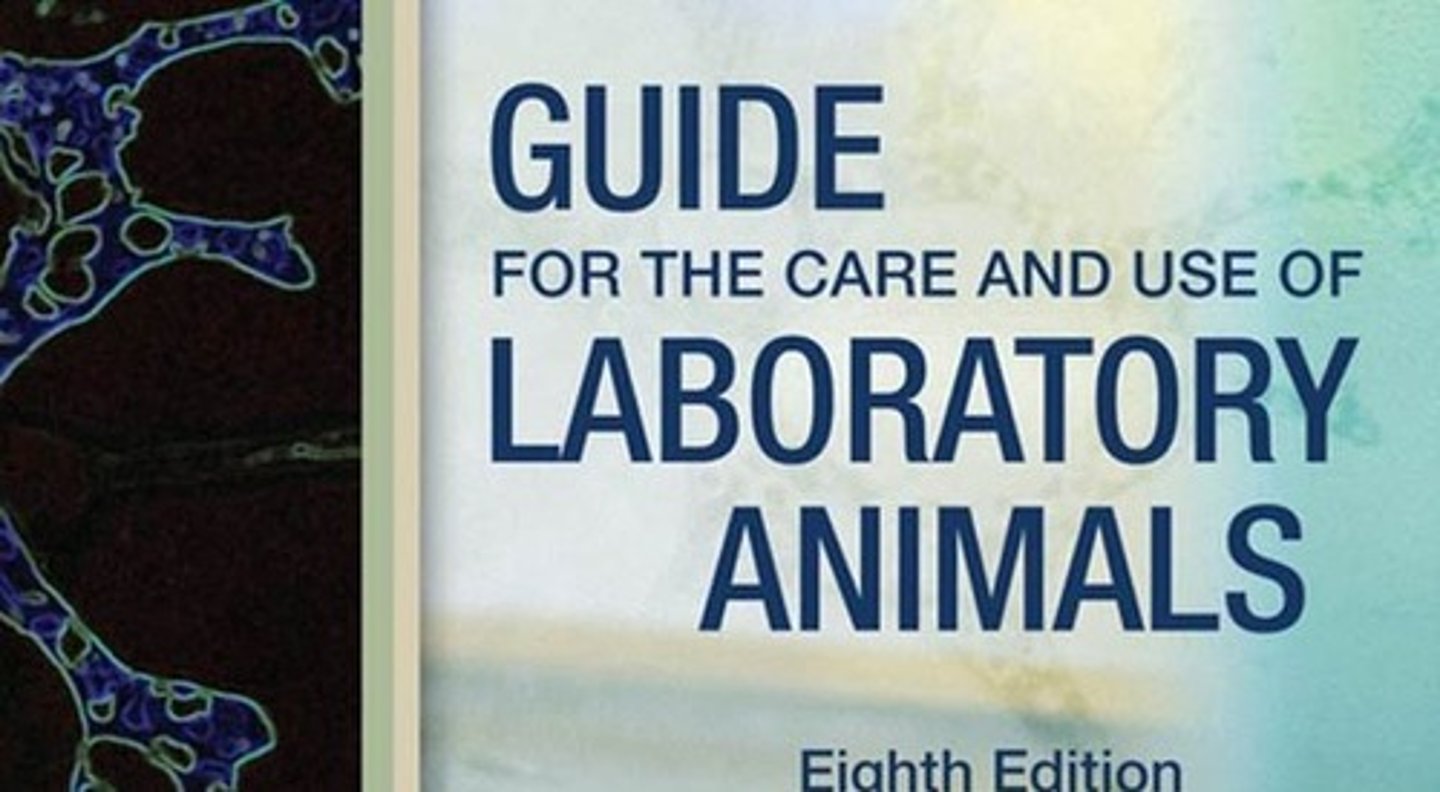
Information covered by "the Guide"
Personnel qualifications and safety, veterinary care, animal environment, procurement, surgical care, pain relief, euthanasia techniques, and facility design.
PHS
Public Health Service
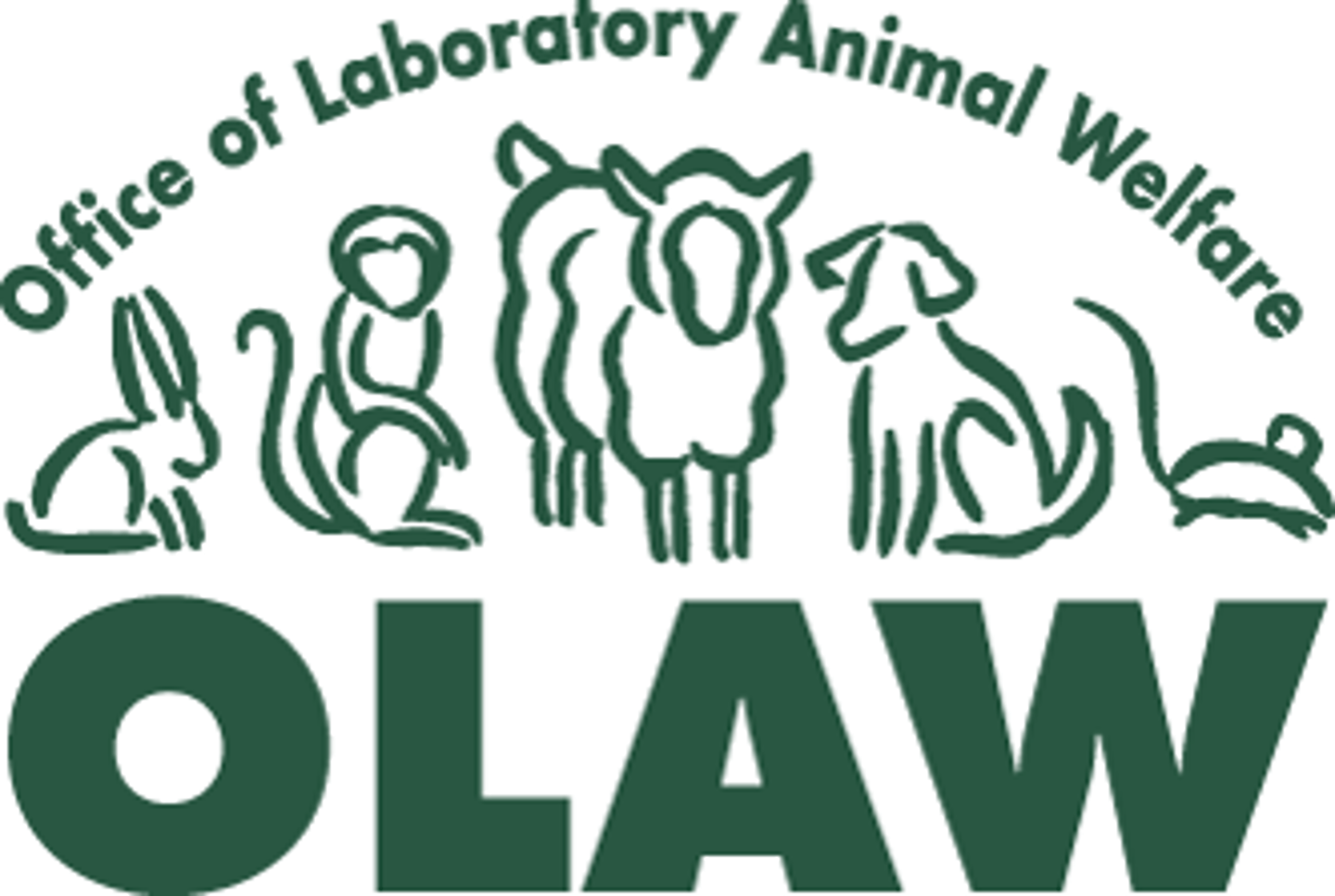
Animal Welfare Act (AWA)
Legislation that governs the transportation, care, and use of animals in research.
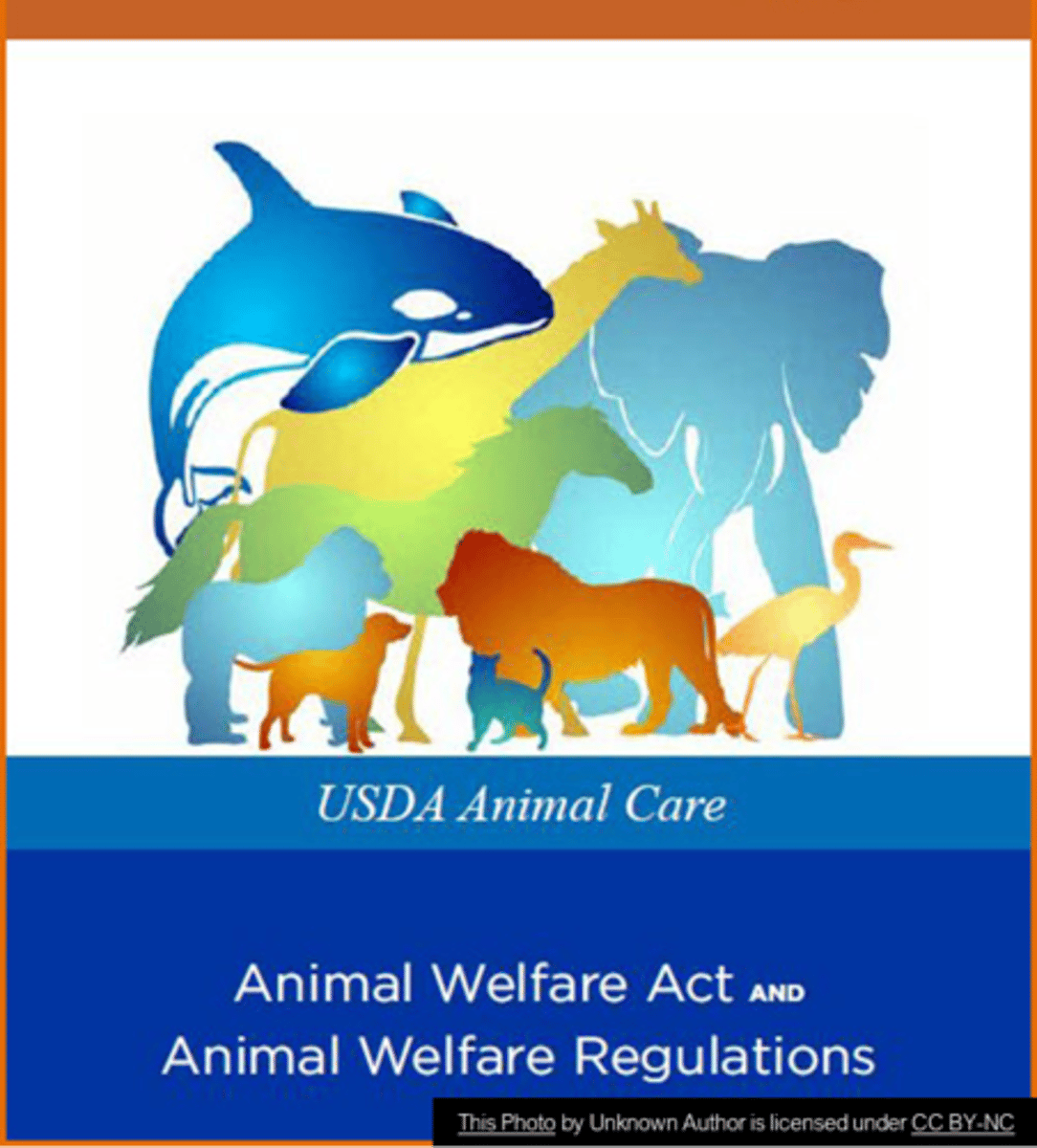
Alternatives to animals in research
Mathematical models, computer simulation, and in vitro biologic systems.
The American Veterinary Medical Association (AVMA)
Publishes guidelines for the euthanasia of animals
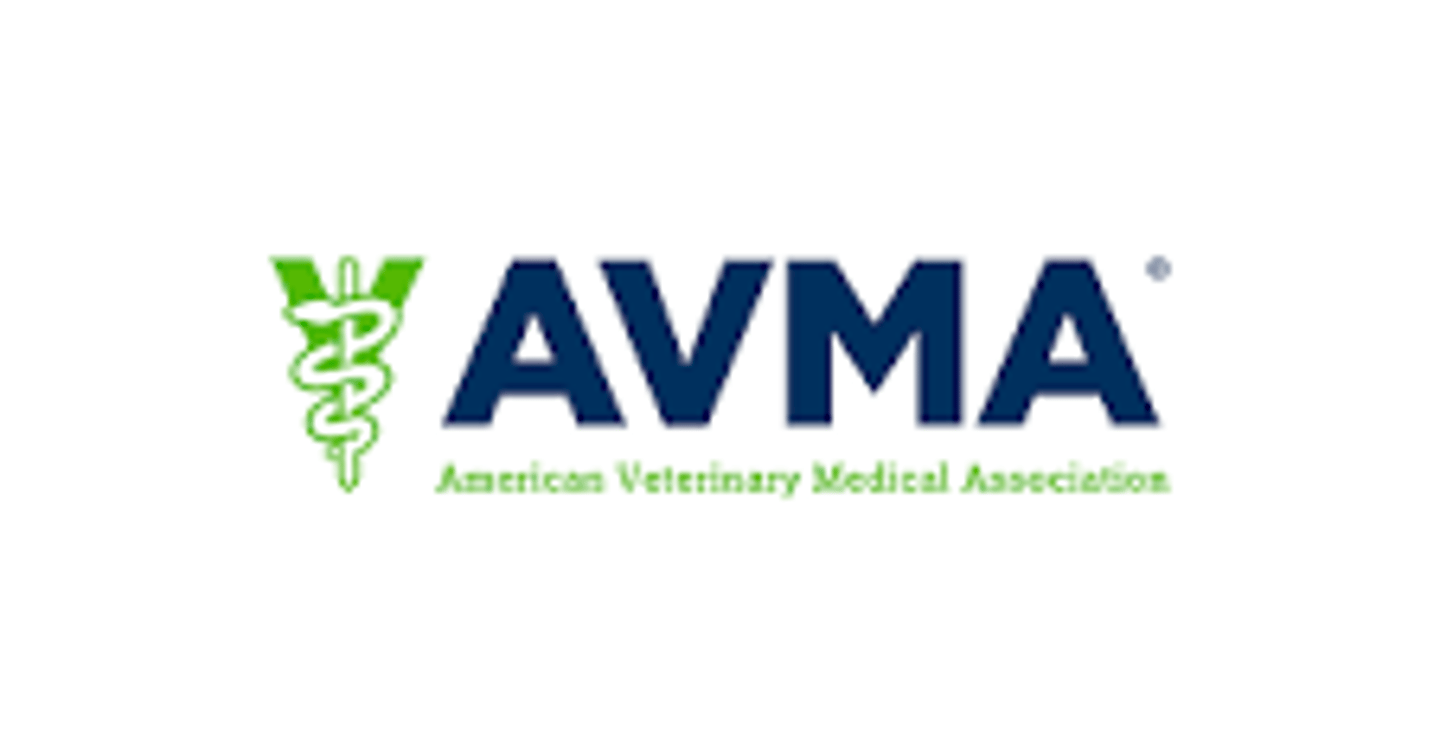
Office of Research Integrity (ORI)
Promotes integrity in research funded by PHS. They oversee institutional investigations into research misconduct
Standard Operating Procedures (SOPs)
SOPs are step-by-step descriptions of all scientific and animal husbandry procedures
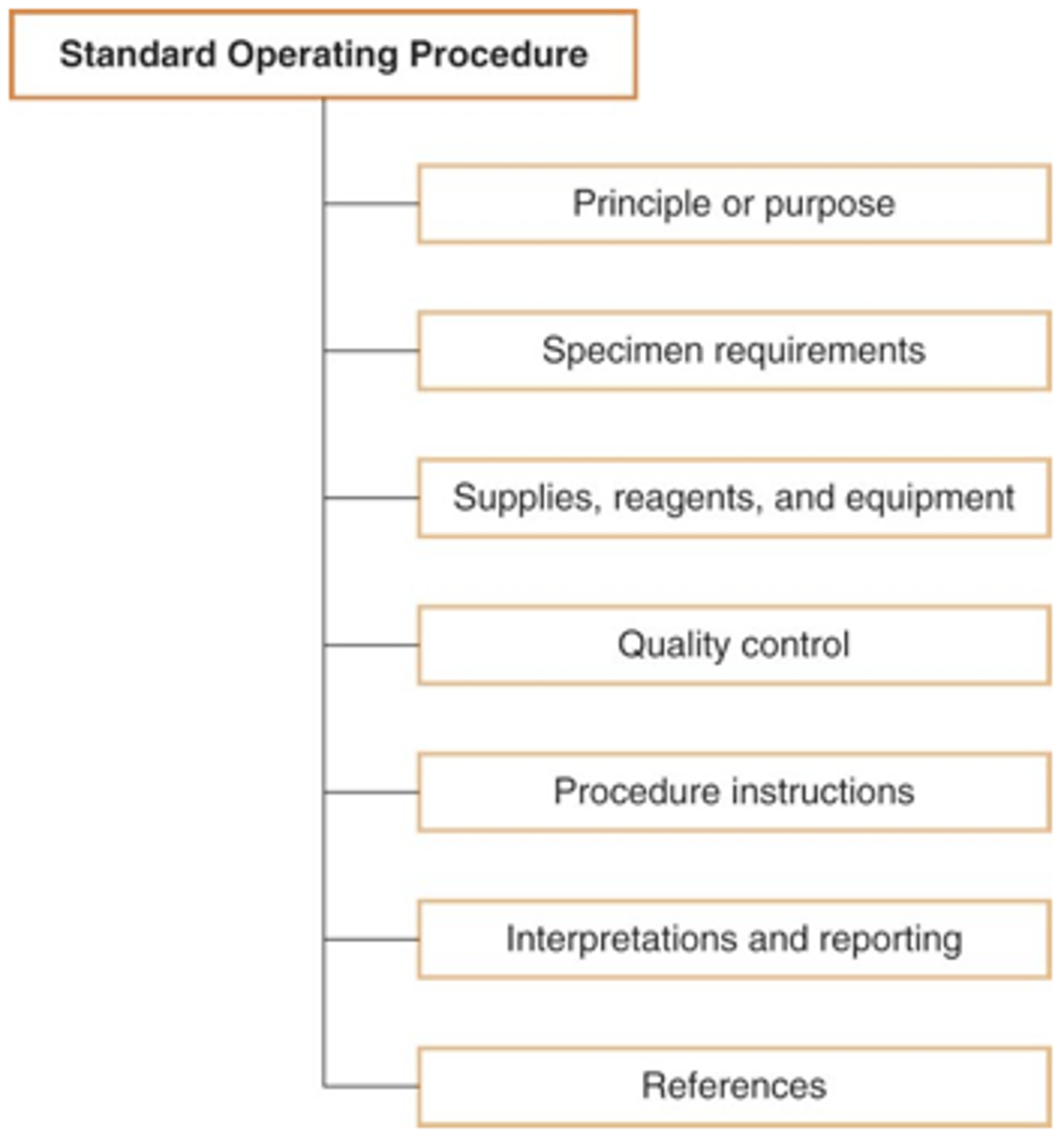
National Institutes of Health (NIH)
Supports and conducts biomedical research.
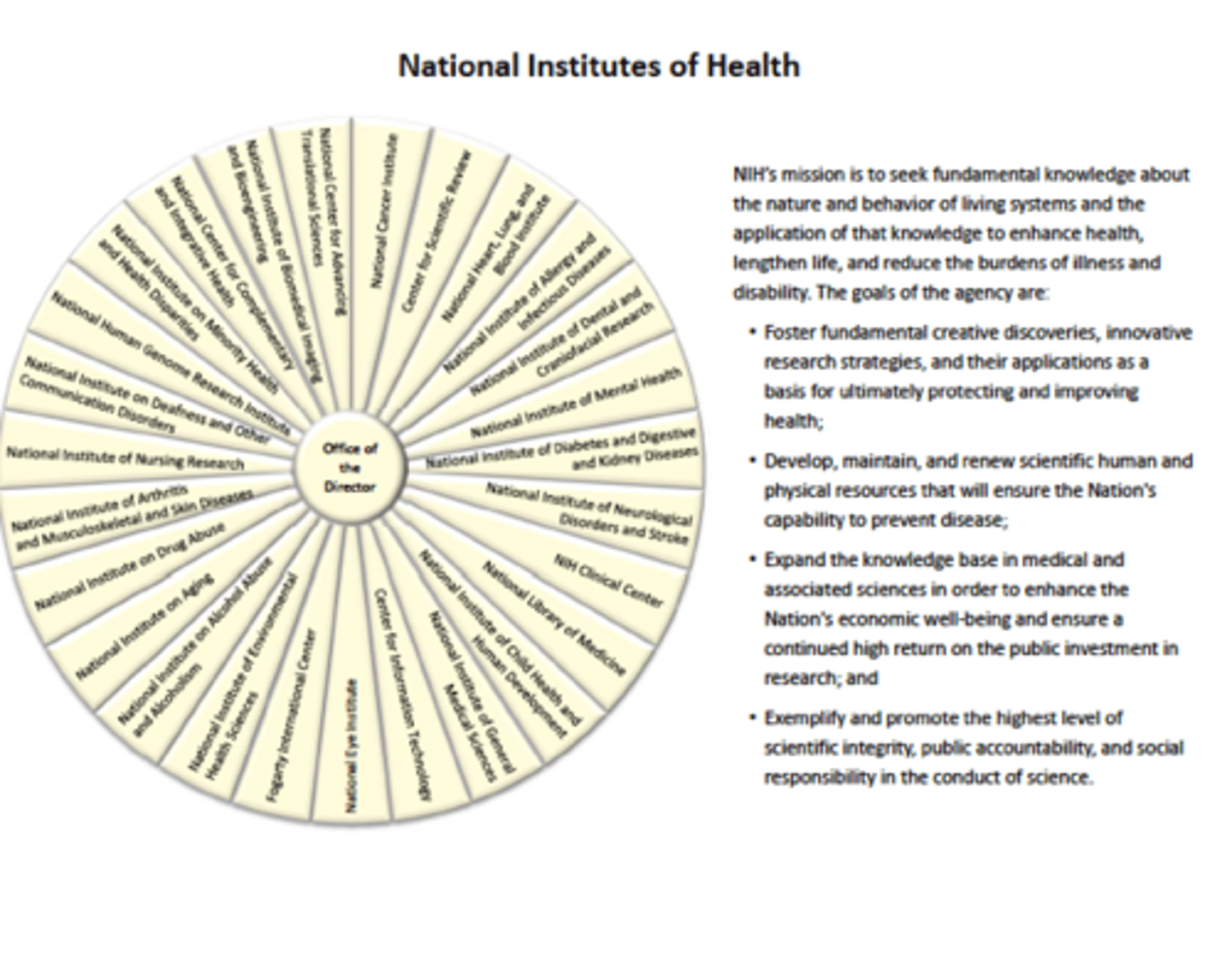
Association for Assessment and Accreditation of Laboratory Animal Care (AAALAC)
Promotes humane treatment of animals in science through a voluntary accreditation program.
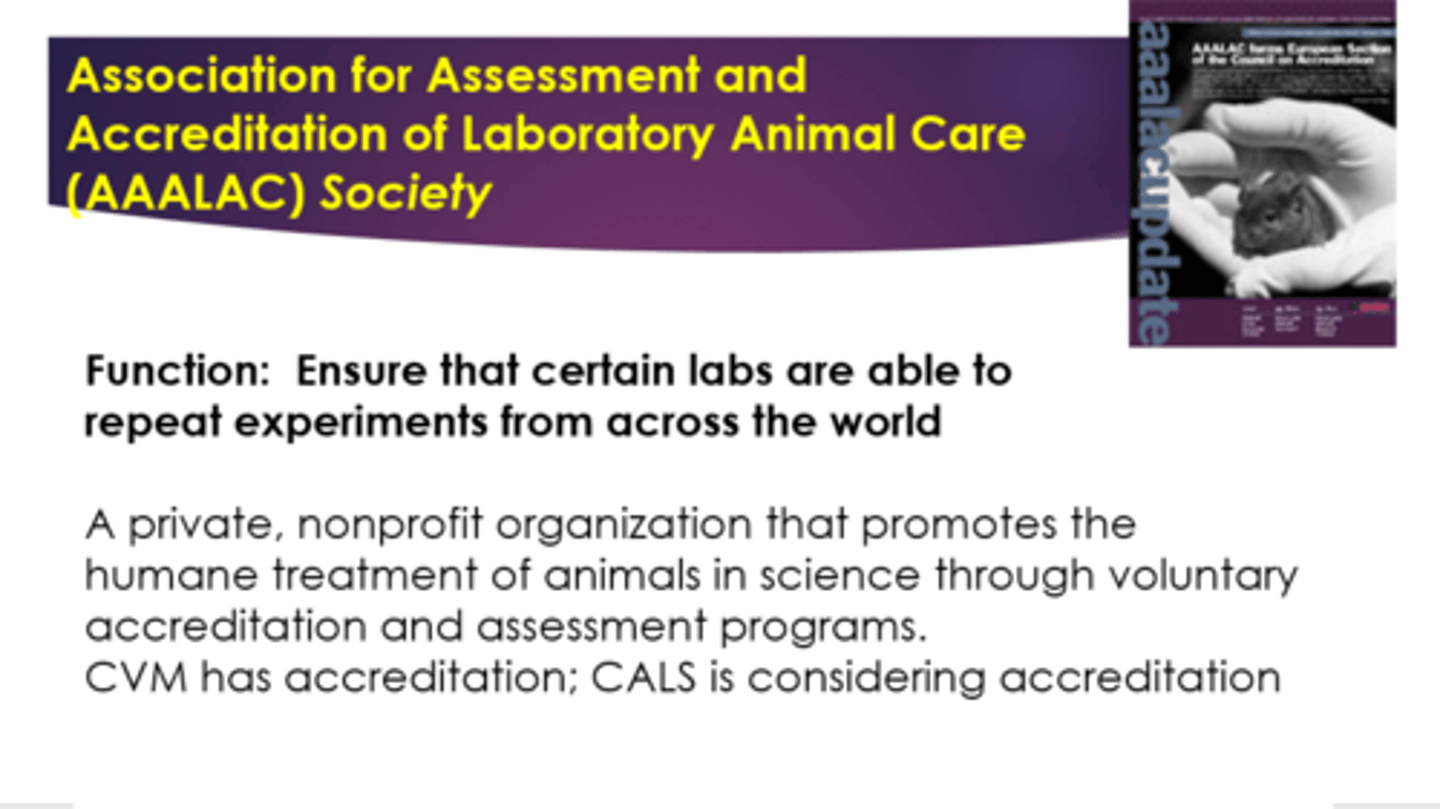
Reduction (animal research)
Use the absolute least number of animals necessary to achieve research goals.
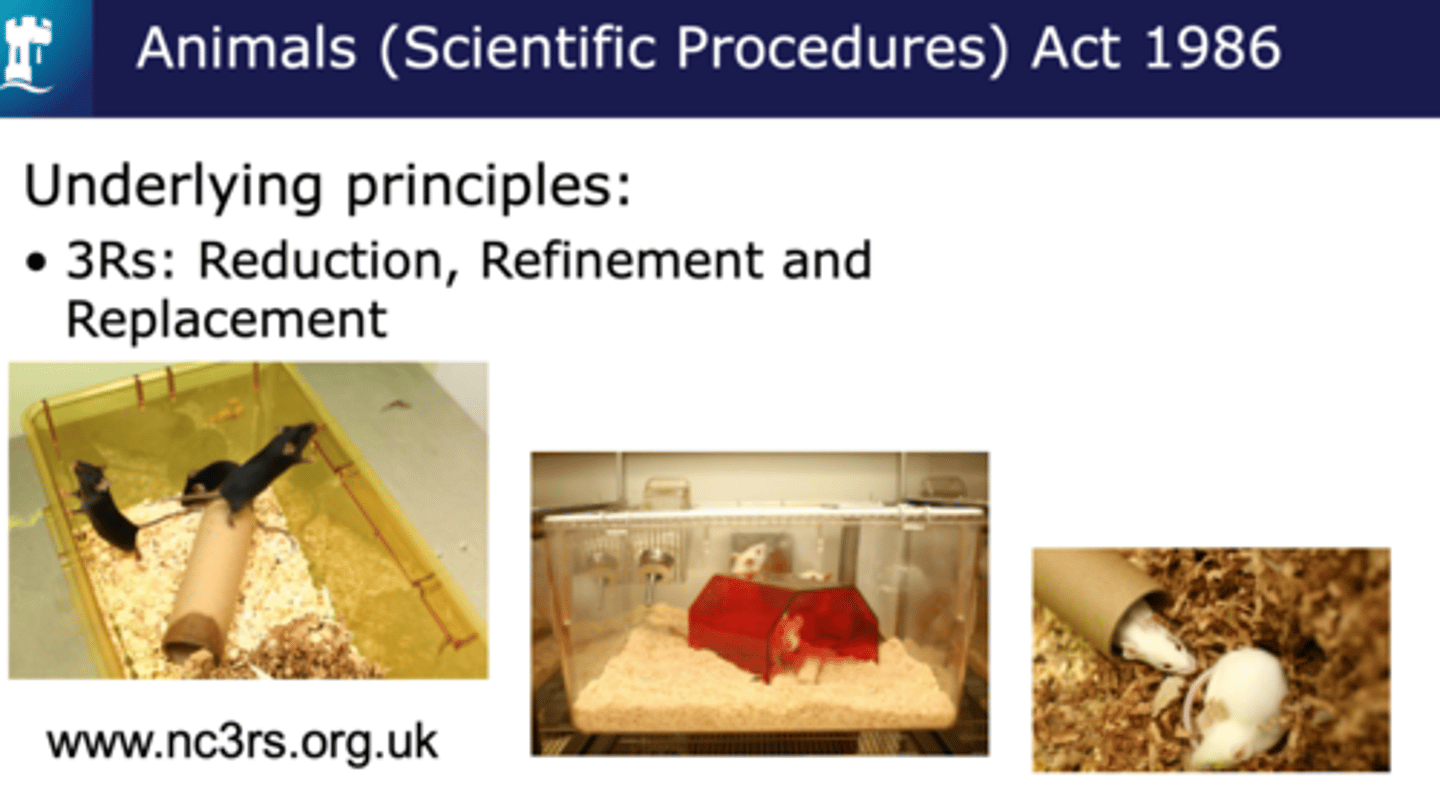
Refinement (animal research)
Minimize pain and distress to animals used in research.
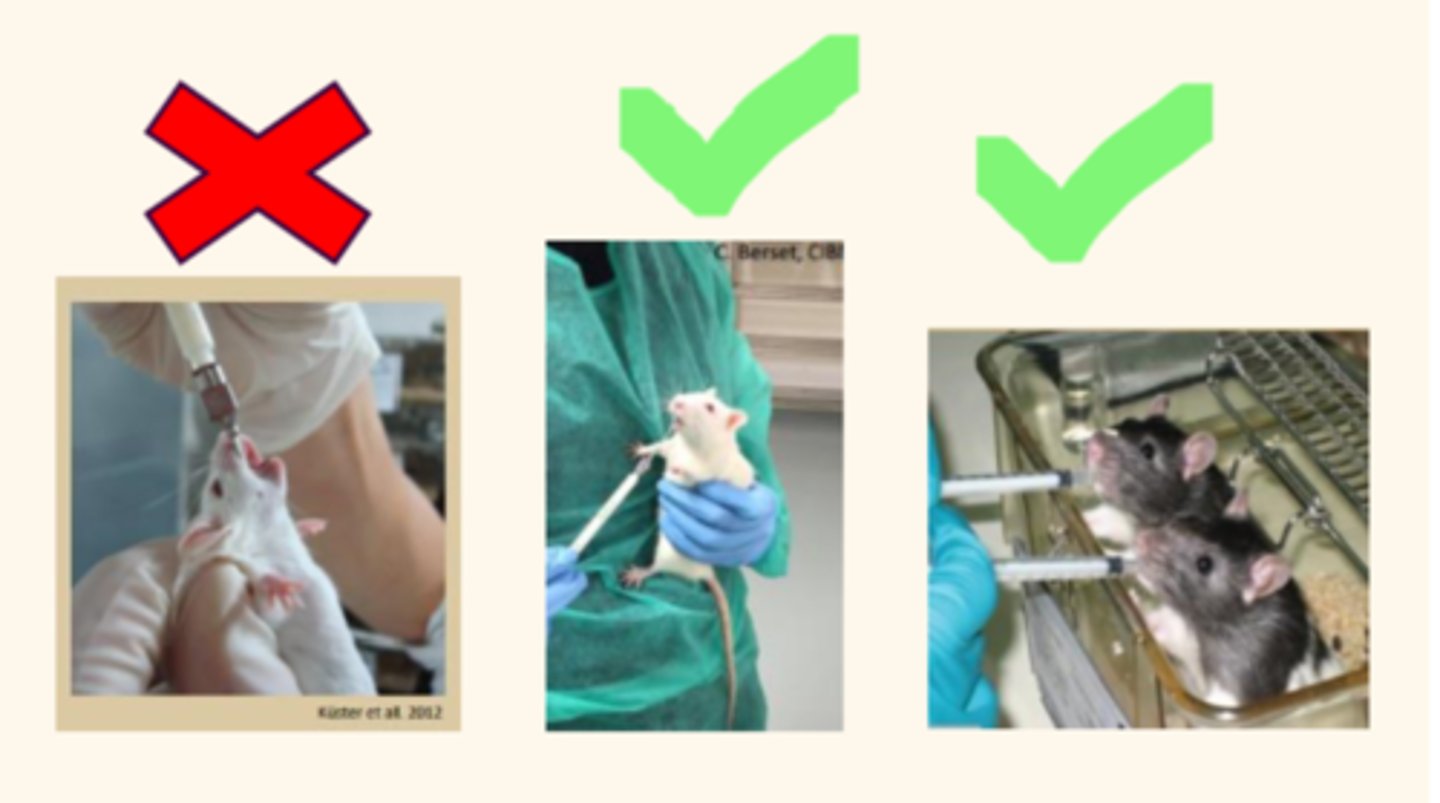
Replacement (animal research)
Replace animals with alternative methods whenever possible.
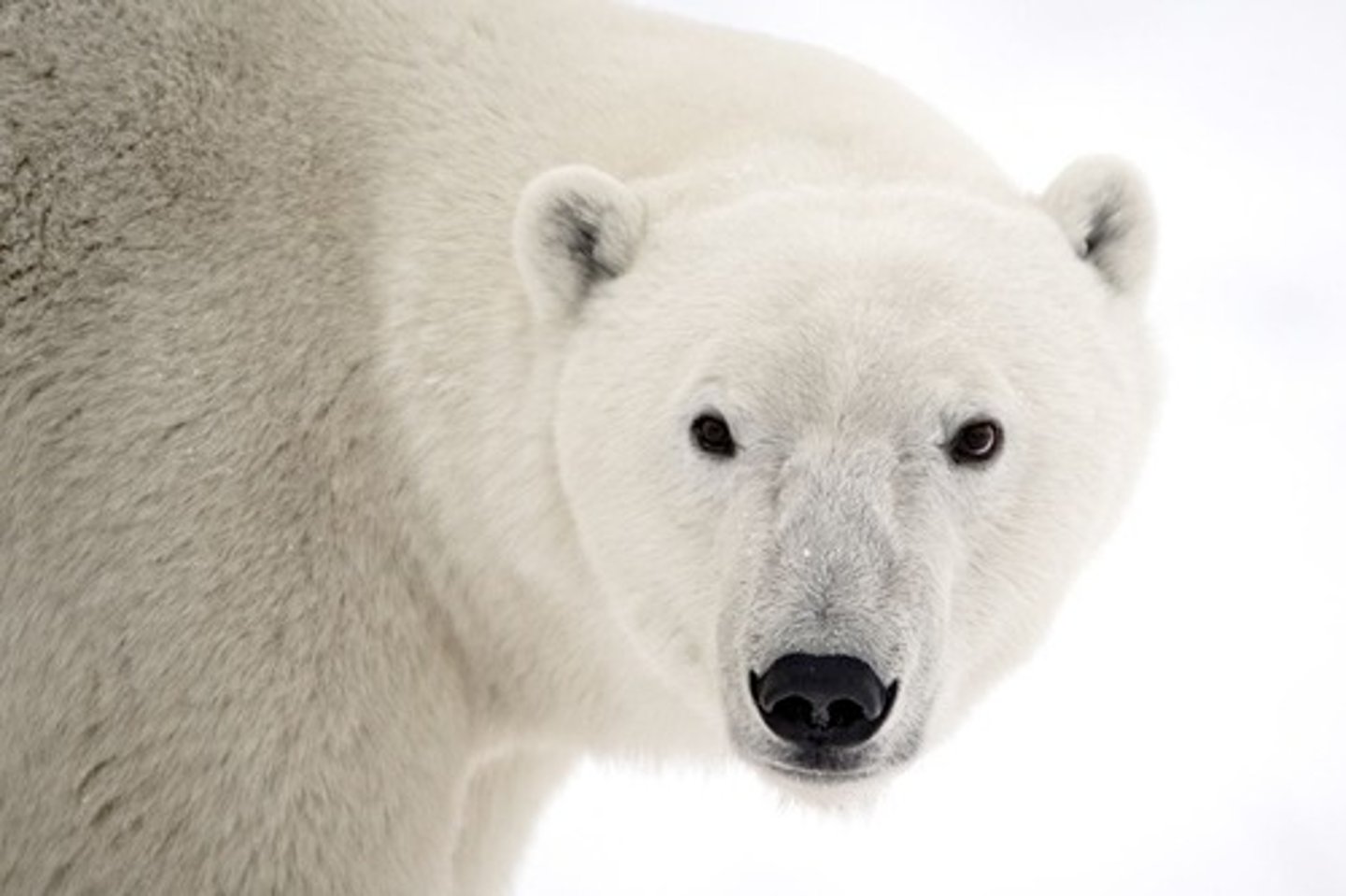
Animal research
Tissue cultures, artificial models, computer models, and the substitution of rodents for primates, dogs, and cats.
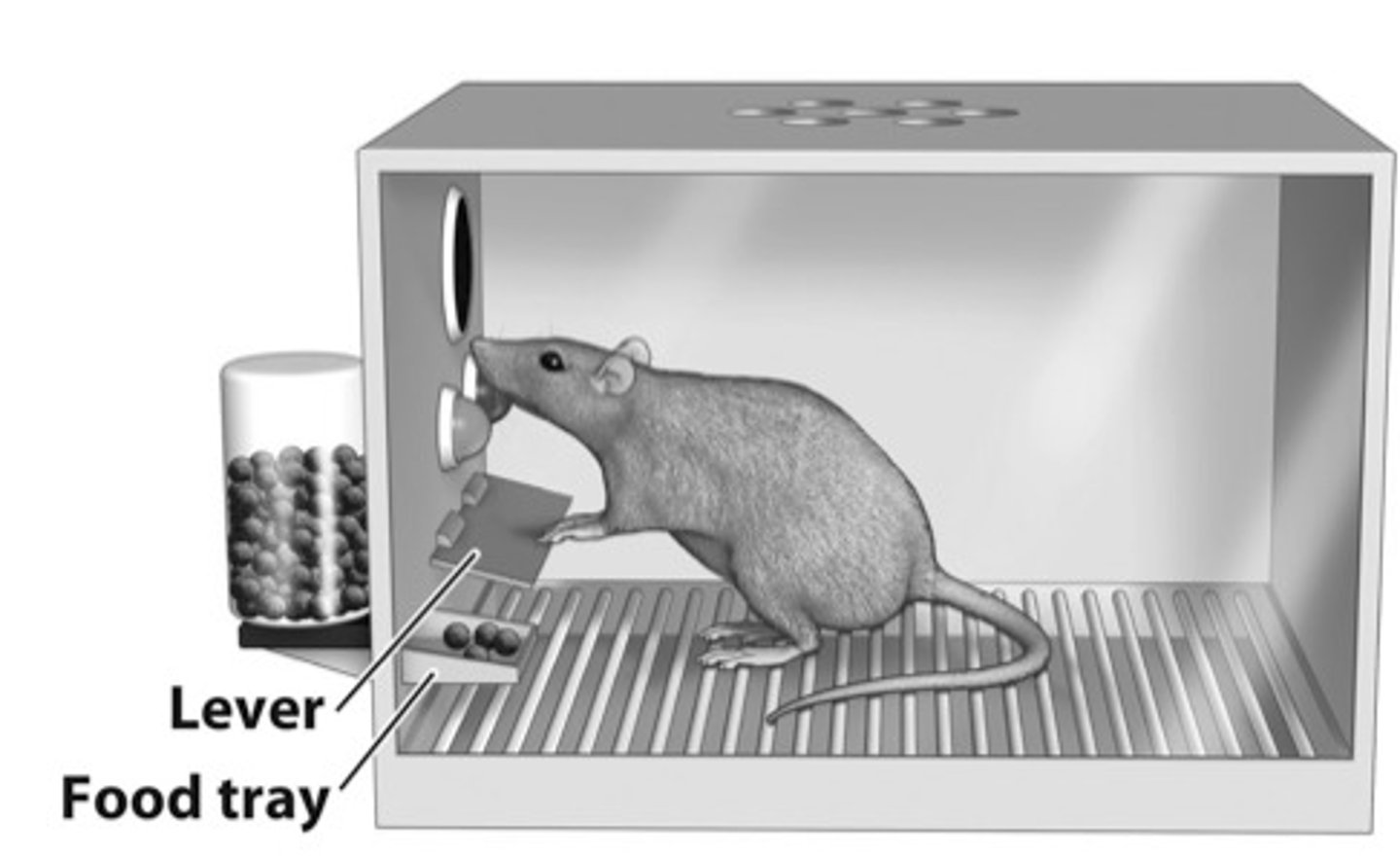
Animal exploitation groups
Animals were put on earth for human use and are absolute property, and they do not recognize animals' capacity to feel pain.
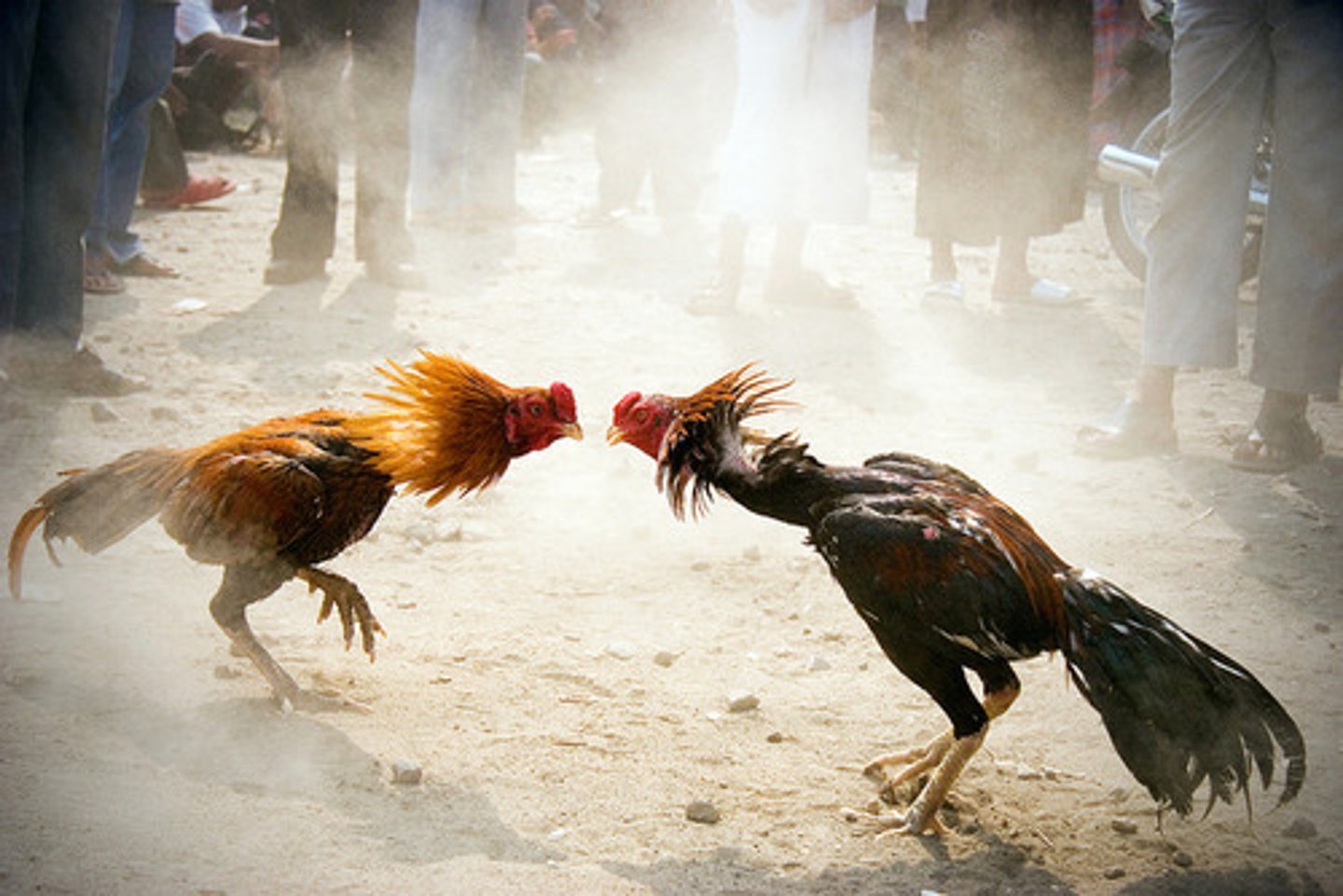
Activities advocated by animal exploitation groups
Bullfighting and cockfighting, which are generally illegal in the U.S.
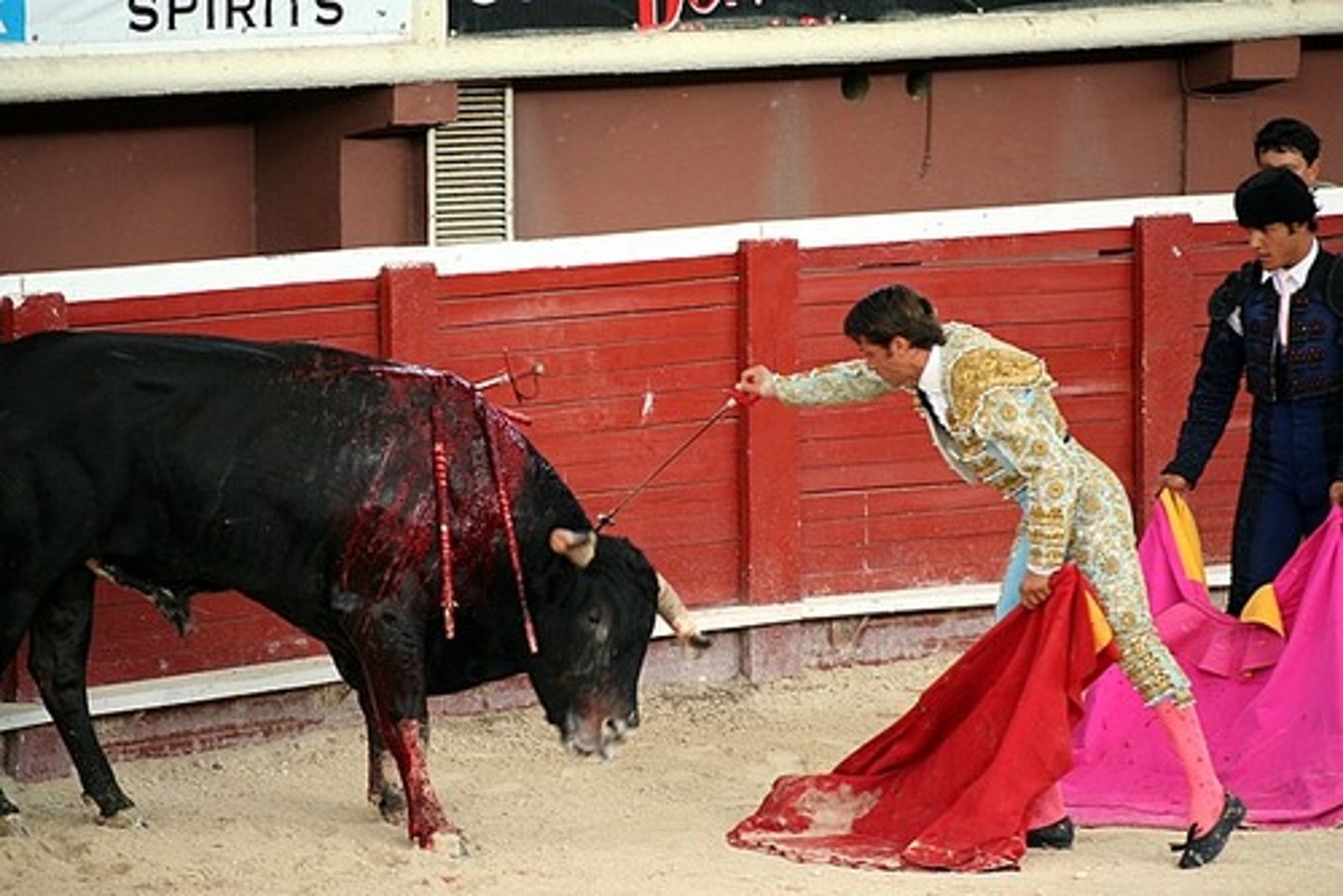
Animal use groups
Animals can be used by humans, but it must be responsible, minimizing pain and discomfort.
Those included in animal use groups?
Lab animal workers, meat eaters, leather wearers, hunters, breeders, circus and zoo participants, and horse and dog racers.
Who is included in animal control group?
The USDA (United States Department of Agriculture) and AVMA.
Animal welfare groups
Treat all animals kindly and laws should require humane treatment.
Actions advocated for by animal welfare groups.
Relieve suffering, which can include euthanasia, and pursue legislation to promote animal welfare.
Do animal welfare groups oppose animal research?
They do not oppose animal research without pain & distress, but do oppose using unwanted animals for research.
Animal welfare groups VS animal rights groups
Animal welfare groups focus on humane treatment and legislation, while animal rights groups advocate for the intrinsic rights of animals.
View held by some animal liberationists
Owning a pet as a form of enslavement.
Methods of some animal liberation activists
Illegal methods such as civil disobedience and break-ins.
People for the Ethical Treatment of Animals (PETA)
Largest animal liberation group
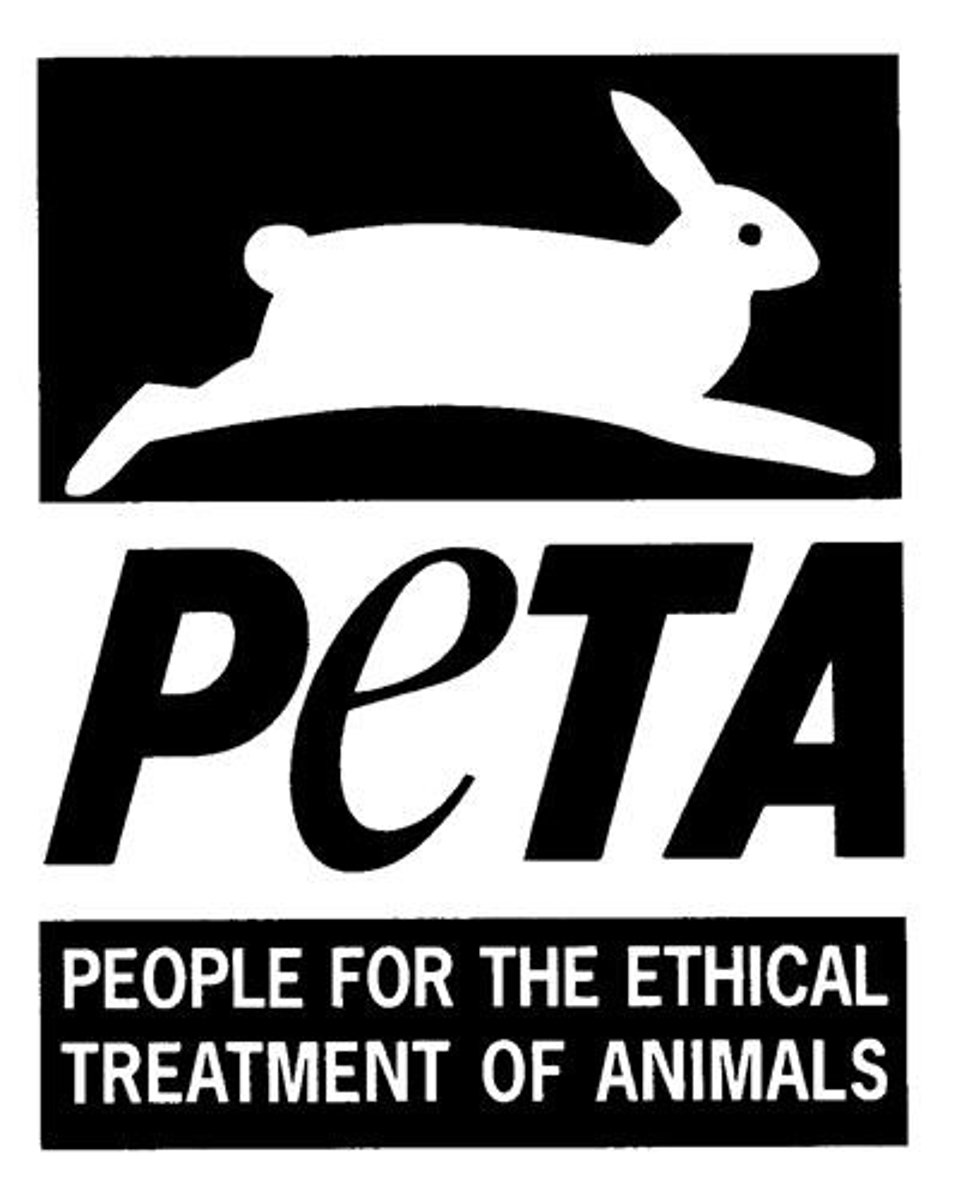
Legal requirement for drugs proposed for human use
They must be tested on animals first.
Techniques to reduce animal in research
Cell and tissue cultures, mathematical models, and computer models.
Food, Drug, and Cosmetic Act
The law requires extensive safety documentation before new drugs are given to humans
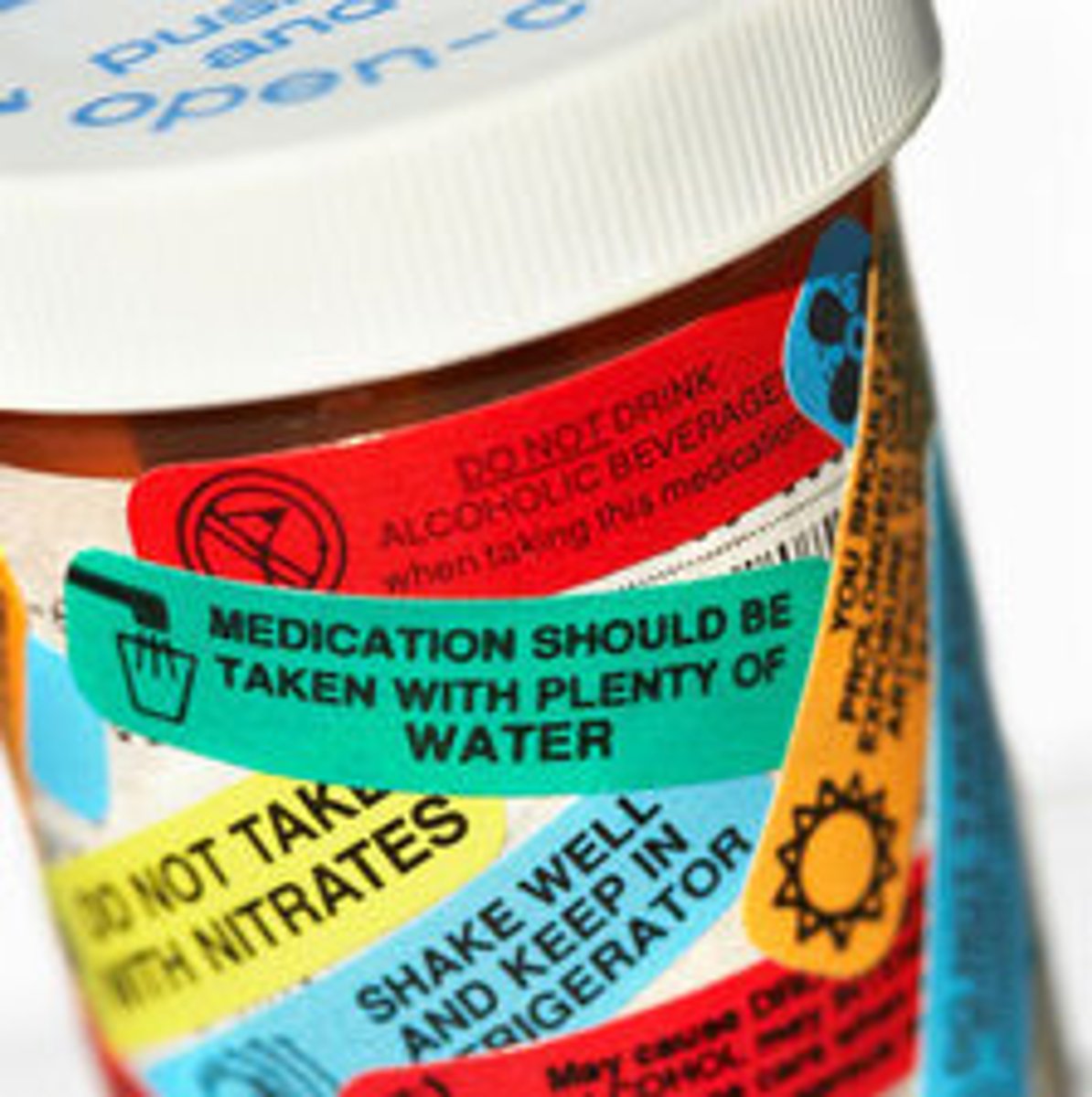
Animal control groups
Government should write laws that express sentiments of most of the population. If unfair, change it.
Example: veterinarians, USDA, AVMA
